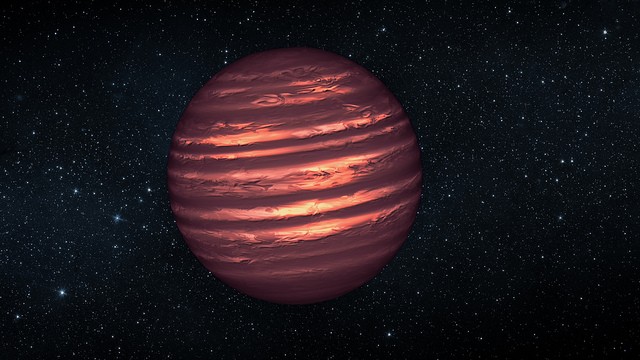Here is an official statement about this new viewpoint:
“Brown dwarfs span the gap between stars and planets and these results are yet more evidence that we need to think of brown dwarfs as beefed-up planets, rather than ‘failed stars,'” study author Stuart Littlefair of the University of Sheffield said in a statement.
And below is a video on brown dwarfs that comes from the more traditonal theory of what they are!
Brown dwarfs are substellar objects too low in mass to sustain hydrogen-1 fusion reactions in their cores, unlike main-sequence stars, which can. They occupy the mass range between the heaviest gas giants and the lightest stars, with an upper limit around 75 to 80 Jupiter masses (MJ). Brown dwarfs heavier than about 13 MJ are thought to fuse deuterium and those above ~65 MJ, fuse lithium as well.
Despite their name, brown dwarfs are different colours. Many brown dwarfs would likely appear magenta to the human eye according to A. J. Burgasser, whereas another source has noted orange/red.
Another debate is whether brown dwarfs should have experienced fusion at some point in their history. Some planets are known to orbit brown dwarfs: 2M1207b, MOA-2007-BLG-192Lb, and 2MASS J044144b. Brown dwarfs may have fully convective surfaces and interiors, with no chemical differentiation by depth.
At a distance of about 6.5 light years, the nearest known brown dwarf is Luhman 16, a binary system of brown dwarfs discovered in 2013.
thanks to washington post for the great info
thanks to NASA for the pic
https://www.youtube.com/watch?v=3Bd59ySfkzA
